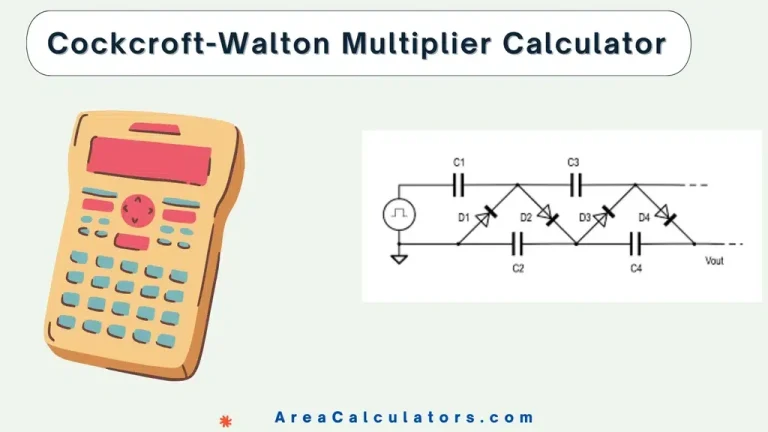Percentage Accuracy Calculator
To find the percentage accuracy, subtract the difference between the true value and observed value from 100. Then, divide the difference by the true value, multiply by 100, and subtract from 100.
To find the percentage accuracy, subtract the difference between the true value and observed value from 100. Then, divide the difference by the true value, multiply by 100, and subtract from 100.
The Percentage Accuracy Calculator measures how close an observed value is to the true value in percentages. Being equally useful in fields like statistics, education, and data science, this tool provides insight into the reliability of measurements, forecasts, or calculations.
You can use it for calculating exam accuracy, physics experiments, or project forecasting. In every case at hand, knowing the accuracy percentage is crucial for quality control and decision-making. Broadly speaking, this calculator can simplify the calculation, giving you a clear view of measurement precision.
| Symbol | Description |
|---|---|
| A | Percentage accuracy |
| Tv | True value |
| Ov | Observed value |
Example 1
| True Value (Tv) | Observed Value (Ov) | Calculation | Percentage Accuracy (A) |
|---|---|---|---|
| 200 | 180 | | 90% |
Example 2
| True Value (Tv) | Observed Value (Ov) | Calculation | Percentage Accuracy (A) |
|---|---|---|---|
| 150 | 145 | | 96.67% |
The Percentage Accuracy Calculator is a percentage-finding tool. It is widely used to find how close a measured or estimated value is to an actual value. This ability makes it highly useful in some fields that include math, science, finance, and performance tracking. It provides quick and precise calculations.
These calculations are mainly helpful for tracking exam scores, forecasting accuracy, and even specific applications like chess game accuracy.
Above all else, its calculation is fairly easy. To calculate percentage accuracy, subtract the measured value from the actual value, divide by the actual value, then multiply by 100 to get a percentage.
This calculator simplifies these steps and even supports use in Excel, enabling you to automate accuracy checks across large datasets.
In most cases, understanding your accuracy rate helps improve consistency in tasks, making this a valuable tool in various applications.
In summary, percentage accuracy provides insights into performance reliability and precision. Using this calculator helps users achieve a clear, consistent understanding of their accuracy across repeated tasks.

To convert Coulombs to Volts, you need to divide the energy (E) by the charge (Q). This will give you the voltage (V). For example, if you know the energy in joules and the charge in coulombs, you can easily find the voltage. The Coulombs to Volts Calculator is a tool used to convert electric…

To find club head speed, divide the ball speed by 1.5. The Club Head Speed Calculator is a savior for the golfers who are looking to understand their swing dynamics better. Club head speed, calculated from ball speed, plays a key role in calculating distance and control in golf. This metric is valuable for adjusting…

To convert quarts to pounds, multiply the number of quarts by 2.085. This conversion is useful in recipes, storage measurements, and when working with liquid or dry substances. The Quarts to Pounds Calculator assists in converting volume (quarts) into weight (pounds). It being a handy tool is used in various contexts like cooking, baking, and…
To convert cubic meters per hour (m³/h) to gallons per minute (GPM), multiply the flow rate in m³/h by 4.40. The m³/h to GPM Calculator converts volumetric flow rates from cubic meters per hour to gallons per minute. It is a common unit used in fluid dynamics and engineering. This tool is especially useful for…
The Aero Port Area Calculator is a specialized tool designed for calculating the optimal port area for subwoofer enclosures and speaker systems. Ensuring the correct port area is essential for achieving balanced airflow, minimizing distortion, and enhancing sound quality. Whether you’re designing a subwoofer box or tuning a speaker enclosure, this calculator simplifies the process…

Enter the values in required fields of Cockroft – Walton Multiplier Calculator to use basic and advanced calculator. The Cockcroft-Walton Multiplier Calculator is used to compute the output voltage of a Cockcroft-Walton voltage multiplier, a type of circuit designed to multiply AC input voltage into a higher DC output voltage. The multiplier works by using…